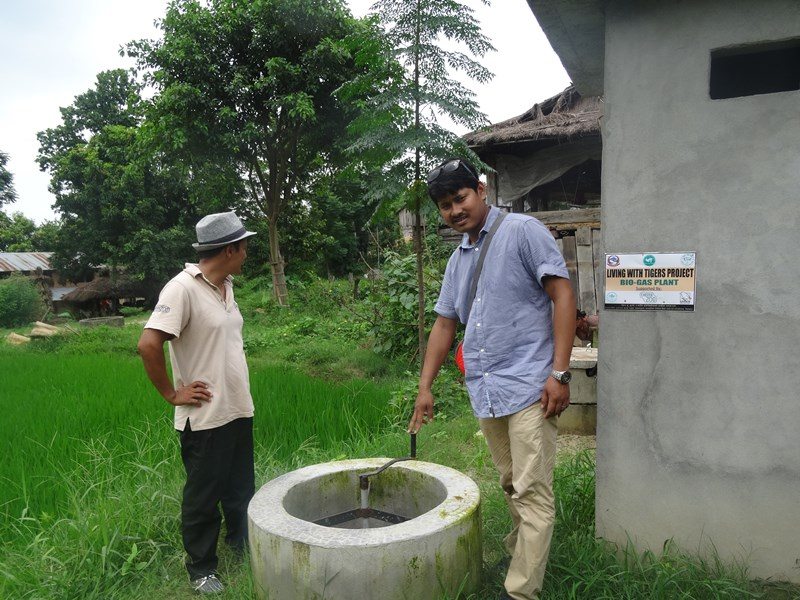Studying forestry at Tribhuwan University in Nepal, Tilak Chaudhary then graduated with a Master’s in Forest Science and Forest Ecology at the University of Göttingen, Germany. He worked with a non-governmental organisation for two years before starting his master degree and then worked on a USAID funded project for ten months after graduating. His main interests lie in the fields of conservation, forest and biodiversity management, and local communities’ involvement and livelihoods.

Meet Tilak…
“In the past, national parks and wildlife conservation areas were established to keep local communities away. Nowadays, the scenario has changed and conservationists have started realising that conservation is not possible if local people are not included. For a protected area to be successful, it is crucial to work with local communities.
“By working with local communities, I came to realise that conservation is not only about the protection of a species, it’s much broader than that.
“Working as the LWT Project Manager allows me to be directly involved in conservation! I am mostly in charge of planning field interventions to mitigate human-tiger interactions, coordinating with conservation partners, doing field visits to ensure that the project interventions are effective and developed in the way they were envisioned, and meeting with local partners. On a typical day, I usually communicate with field staff for updates, but also explore ideas for potential interventions and prepare for upcoming events such as camera trapping activities.
The LWT project is developing interventions to mitigate negative interactions between humans and tigers, promoting alternative livelihoods and doing social marketing to change behaviours of local communities to minimise human-wildlife conflicts.
“These are important aspects that must be considered as Nepal has committed to double its tiger population by 2022. While promoting tiger conservation, the project is also promoting tourism in national parks using tigers as a flagship animal in both national parks. The project has also broadened the scope and recognition of Green Governance Nepal (GGN).”